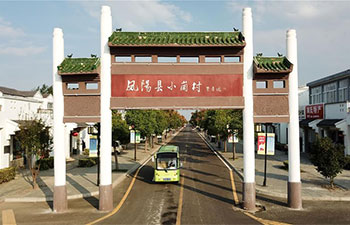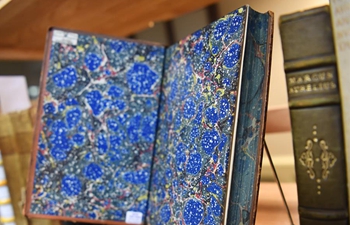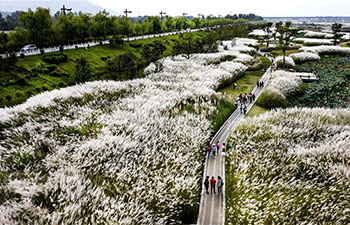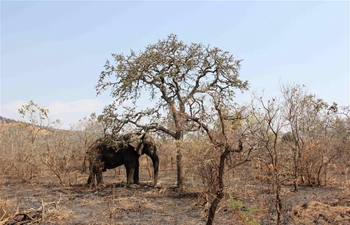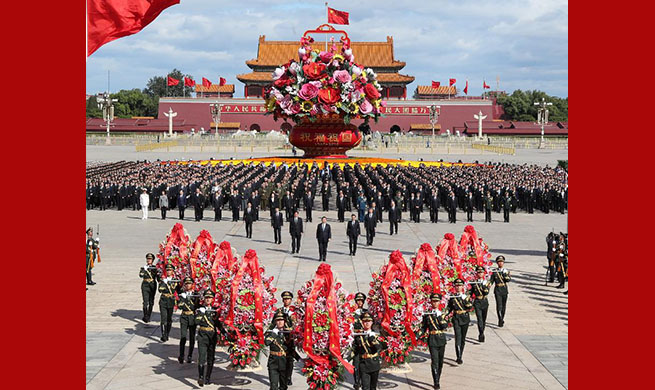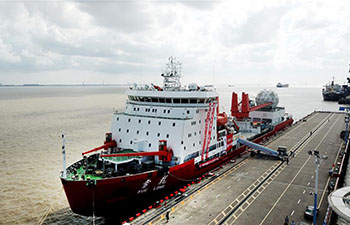TIANJIN, Sept. 30 (Xinhua) -- North China's Tianjin Municipality has seen the best air since 2013 when local authorities started releasing real-time data of major pollutants.
The city's average concentration of PM2.5 from January to Aug. 20 fell 20 percent year on year to 52 micrograms per cubic meter, the Tianjin municipal government said Sunday.
PM2.5, which refers to airborne particles smaller than 2.5 micrometers in diameter, pose serious health risks.
The city government has set a target of cutting its average PM2.5 to 52 micrograms per cubic meter, compared with 62 micrograms per cubic meter recorded last year.
Tianjin, a neighbor of Beijing and also a victim of smog pollution, has been taking a number of measures to tackle air pollution, ranging from cutting coal consumption and industrial pollutants to promoting new energy vehicles and controlling dust pollution.
Tens of thousands of rural families are encouraged to replace the use of coal with new energy for heating. More than 1,400 factories have been shut down or asked to improve pollutant treatment facilities to reduce emissions of volatile organic compounds (VOC).
The city will also increase the number of new energy vehicles by 20,000 per year from 2018 to 2020, raising the ratio of new energy vehicles to 4.5 percent in 2020. In addition, 39 square kilometers of bare land has been properly dealt with to control dust pollution.
In the first half of the year, the local government levied fines totaling 80 million yuan (11.7 million U.S. dollars), an annual increase of 41.6 percent, for violations of air pollution law.





